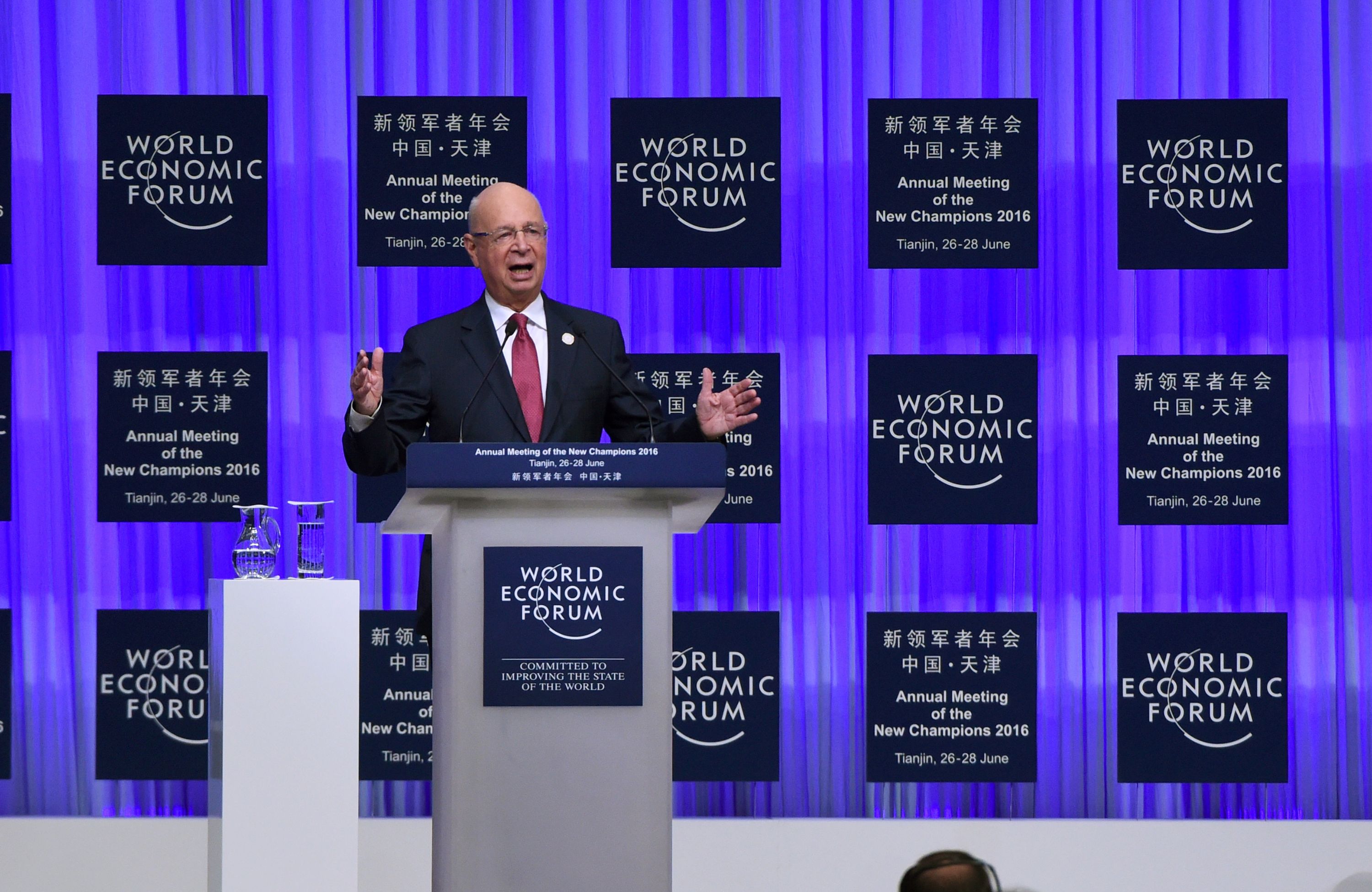Army Recruitment Crisis: A New Strategy Amid Falling Numbers
Having missed its recruitment goals for fiscal year (FY) 2022 and experienced shortfalls again in FY 2023, the Army is shifting its focus from high school seniors and graduates to those with some college and early job seekers.
As the number of college educated workers has surpassed those with only a high school education in the United States, the Army is adjusting its target recruitment pool to keep up with trends in the U.S. labor market.

Army Maj. Gen. Johnny K. Davis, commanding general of the Army Recruiting Command, told the Senate Armed Services Committee in December 2023 that it was "one of the toughest recruiting landscapes I've seen in over 33 years of service."
As the number of veterans in the U.S. has dwindled, public confidence in and connections to the different military services have also declined; and with that, the propensity of young Americans considering the military as a profession. No longer does the average American family have a veteran of World War II or the Korean War at their holiday gathering or dinner table.
Less and less does the average American know someone who was drafted for service in Vietnam or who themselves served. According to the Pew Research Center, only about 6% of the U.S. adult population in 2022 were living military veterans, and the largest number of those served within the last 30 years.
In 1980, this percentage was 18%; and as that number declines, the challenges of recruiting new servicemembers are compounded.
Public Trust Decline
A generation of Americans with dwindling personal connections to the military means fewer young people considering military service independent of a recruiter.
Of the soldiers I served with in the Army 20 years ago, I can't think of any in my platoon without a family member or friend who had served and at least partially influenced their decision to enlist.
Today, with fewer military veterans in American families, such influence is almost entirely dependent upon military recruiters tasked with selling an increasingly unfamiliar and potentially deadly profession to a generation in a society largely unaccustomed to hardship.
Military recruiters today are competing against better known universities and higher paying jobs in careers where employees don't have to give occupational fatalities much thought.

Amidst a competitive job market, a declining veterans population, and the absence of any major military engagements, the military is struggling to raise public awareness of what it has to offer, increase its pool of available candidates, and sustain its numbers.
Such societal and economic shifts and the subsequent challenges are manifested in reductions in force strength across the services, including the Army's. As of October 2023, the Army's active duty force of 452,000 soldiers was at its smallest since 1940, down from it authorized strength of 485,000 the year prior.
That same year in June, the Army briefly experimented with a policy waiving its minimum education requirement for a "limited number of recruits" before reversing that policy a week later, reinstating the enlistment requirement of a high school diploma or GED.
This past week, incidentally, the Navy announced that it would waive the requirement for recruits scoring at least a 50 on the Armed Services Qualification Test, in effort to meet this year's recruitment goals.
The Army has no such plans at the moment to sacrifice quality for quantity, though, as it embarks on a major transformation to its recruiting workforce following a study "that compared 25 years of internal Army data and organizational structure against labor market trends and private sector practices."
All in all, the Army's overhaul of its recruiting capabilities couldn't come at a more critical moment as the current conflicts in the Middle East and Eastern Europe threaten to pull the U.S. and other Western powers into further military involvement or commitments. An aggressive, unpredictable, and international law spurning Russia with eyes on retaking its former empire; an increasingly powerful China waiting for the West to blink and an opportunity to invade Taiwan; and an Axis of Resistance unleashed by Iran are likewise reasons for U.S. military services to be at their authorized full force strengths.
Related Article: Goldman Sachs Expects Fed to Pivot, Slashing Rates to Boost Economy












